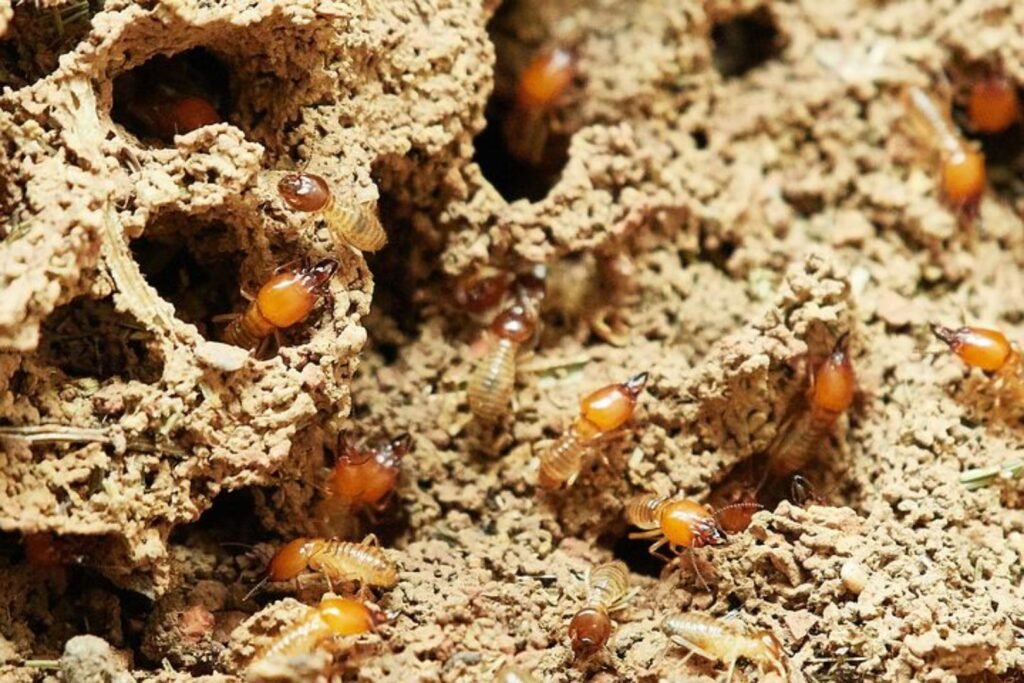Termites are small, wood-eating insects that live in colonies underground. They feed on wood and other cellulose materials, which can cause extensive damage to homes and other structures if left unchecked. In this article, we’ll cover how to identify termites and some effective methods for controlling them.
How to Identify Termites
Termites are often mistaken for ants, but there are some key differences to look out for. Termites have straight antennae, a broad waist, and both pairs of wings are equal in size. In contrast, ants have bent antennae, a narrow waist, and their front wings are larger than their back wings.
You may also notice signs of Best Termite Extermination Service Stone Mountain GA , such as mud tubes along the foundation or walls of your home, wood that sounds hollow when tapped, or piles of wings near doors or windows. If you suspect you have termites, it’s important to contact a pest control professional for an inspection.
How to Control Termites
Prevention is key when it comes to controlling termites. Here are some steps you can take to reduce the risk of an infestation:
- Remove any wood or cellulose materials that are in contact with the soil around your home.
- Keep firewood and other woodpiles away from your home’s foundation.
- Fix any leaks or moisture issues in your home, as termites are attracted to damp environments.
- Use termite-resistant materials when building or renovating your home, such as concrete, steel, or treated wood.
If you already have a termite infestation, a pest control professional can recommend the best course of action. Common methods for termite control include liquid treatments, baits, and fumigation.
Types of Termites
There are several types of termites, but the most common types found in the United States are subterranean termites, dry wood termites, and dampwood termites.
Subterranean termites live in the soil and build mud tubes to access their food source, while dry wood termites live in dry wood and don’t require contact with soil. Dampwood termites, as their name suggests, prefer damp or moist wood.
Identifying the type of termite you’re dealing with can help in determining the most effective control methods.
DIY Termite Control
While it’s recommended to seek professional help for termite control, there are some DIY methods that can be effective for small infestations or as a preventative measure.
One such method is applying a termite treatment solution to the soil around your home’s foundation. This can help create a barrier against termites and deter them from entering your home. Other DIY methods include using termite baits or heat treatments for drywood termites.
However, it’s important to note that these methods may not be effective for larger infestations and can even be dangerous if not used properly. It’s always best to consult with a pest control professional before attempting DIY termite control.
Termite Inspections
Regular termite inspections are an important part of termite control. A professional inspector can identify signs of termite activity and recommend the best course of action.
It’s recommended to have a termite inspection at least once a year, especially for homes in areas with high termite activity. Early detection and treatment can save you thousands of dollars in repair cost
Conclusion
In conclusion, identifying and controlling termites is crucial for protecting your home from damage. By taking preventative measures, seeking professional help, and getting regular termite inspections, you can ensure that your home remains termite-free. Remember, early detection and treatment are key to preventing costly repairs down the line.



